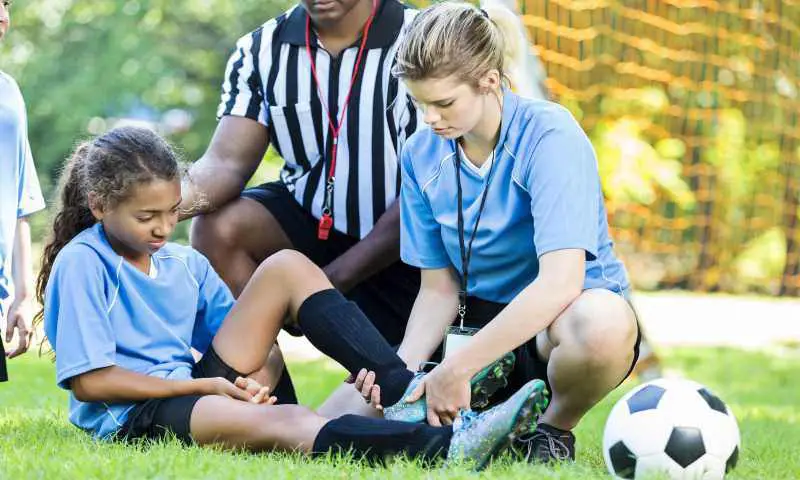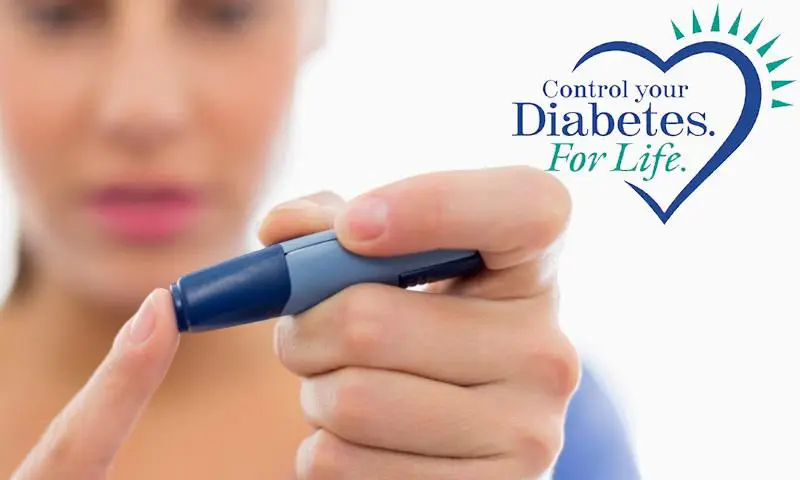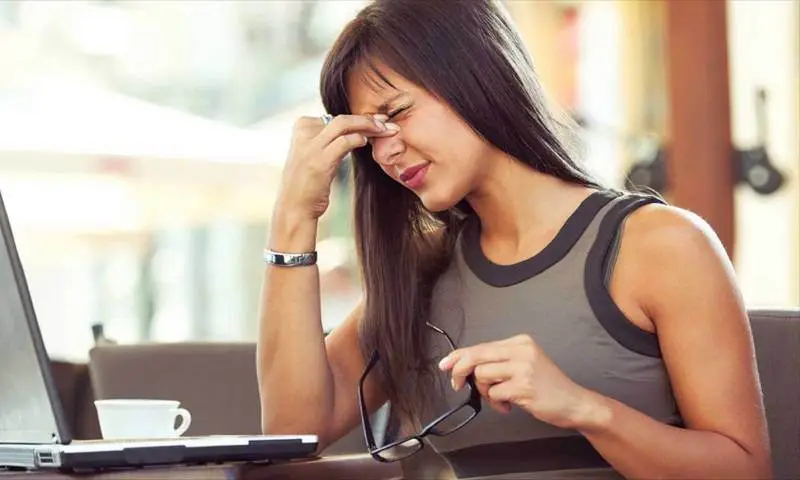It’s one of a parent’s worst nightmares. The phone rings at work. “Ms. Ramirez? Your son Raoul was injured during football practice. His knee may be badly hurt.”
Childhood sports injuries like Raoul’s may be inevitable, but there are some things a parent can do to help prevent them:
- Enroll your child in organized sports through schools, community clubs, and recreation areas where there may be adults who are certified athletic trainers (ATC). An ATC is also trained in the prevention, recognition and immediate care of athletic injuries.
- Make sure your child uses the proper protective gear for a particular sport. This may lessen the chances of being injured.
- Warm-up exercises, such as stretching and light jogging, can help minimize the chance of muscle strain or other soft tissue injury during sports. Warm-up exercises make the body’s tissues warmer and more flexible. Cooling-down exercises loosen the body’s muscles that have tightened during exercise. Make warm-ups and cool-downs part of your child’s routine before and after sports participation.
Treat injuries with “R.I.C.E.” If your child receives a soft tissue injury, commonly known as a sprain or a strain, or a bone injury, the best immediate treatment is easy to remember. “RICE” (Rest, Ice, Compression, and Elevation) the injury. Get professional treatment if any injury is severe. A severe injury means having an obvious fracture or dislocation of a joint, prolonged swelling, or prolonged or severe pain.
R.I.C.E.
Rest Reduce or stop using the injured area for 48 hours. If you have a leg injury, you may need to stay off of it completely.
Ice Put an ice pack on the injured area for 20 minutes at a time, 4 to 8 times per day. Use a cold pack, ice bag, or a plastic bag filled with crushed ice that has been wrapped in a towel.
Compression Compression of an injured ankle, knee, or wrist may help reduce the swelling. These include bandages such as elastic wraps, special boots, air casts and splints. Ask your doctor which one is best.
Elevation Keep the injured area elevated above the level of the heart. Use a pillow to help elevate an injured limb.
Heat and Hydration
Heat-related illnesses are another type of sports injury that require close monitoring. Children perspire less than adults and require a higher core body temperature to trigger sweating. Heat-related illnesses include dehydration (deficit in body fluids), heat exhaustion (nausea, dizziness, weakness, headache, pale and moist skin, heavy perspiration, normal or low body temperature, weak pulse, dilated pupils, disorientation, fainting spells), and heat stroke (headache, dizziness, confusion, and hot dry skin, possibly leading to vascular collapse, coma, and death). These conditions are dangerous and can even be fatal, but they can be prevented.
Don’t forget to have children wear sunscreen and a hat to reduce the chance of sunburn. Sun protection may also decrease the chances of malignant melanoma — a potentially deadly skin cancer — or other skin cancers that can occur later in life. It is also very important that your child has access to water or a sports drink to stay properly hydrated while playing.
Exercise Is Beneficial
Even though Raoul got hurt, his involvement in sports is important. Exercise may reduce his chances of obesity, which is becoming more common in children. It may also lessen his risk of diabetes, a disease that is sometimes associated with a lack of exercise and poor eating habits. Sports also helps children build social skills and provides them with a general sense of well-being. Sports participation is an important part of learning how to build team skills.
A Word to the Wise…
How your child can prevent sports injuries
- Be in proper physical condition to play the sport.
- Know and abide by the rules of the sport.
- Wear appropriate protective gear (for example, shin guards for soccer, a hard-shell helmet when facing a baseball or softball pitcher, a helmet and body padding for ice hockey).
- Know how to use athletic equipment.
- Always warm up before playing.
- Avoid playing when very tired or in pain.
- Get a preseason physical examination.
- Make sure there is adequate water or other liquids to maintain proper hydration.
Adapted from “Play It Safe, a Guide to Safety for Young Athletes”, with permission of the American Academy of Orthopaedic Surgeons.

 Controlling Diabetes for Life
Controlling Diabetes for Life